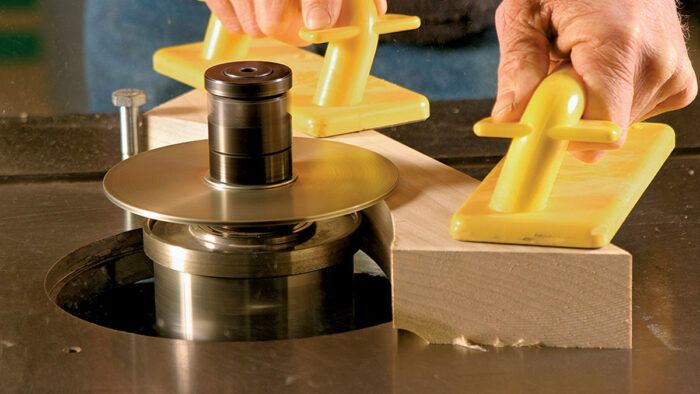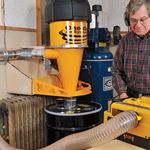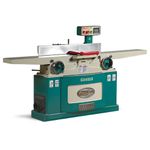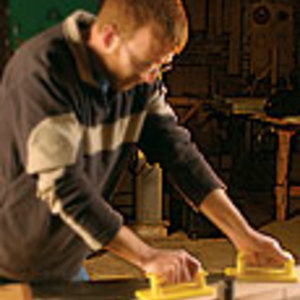Consider a Shaper
Even if you have a good router table, you may need this powerful machine
Synopsis: Even though routers and shapers perform the same basic functions, there are critical differences. In this article, professional furniture maker J. Speetjens demonstrates why he has both tools in his shop. A few of his arguments? Shapers make heavier cuts, can handle large runs of moldings, and can cut larger profiles than a router. They have a sliding table and a reversible motor, which lets you do template work without worrying about cutting against the grain. The ability to flip some cutters adds to the shaper’s flexibility.
Stripped to their essentials, a router mounted in a router table and a shaper are the same—a machine with a vertical, motorized spindle holding cutters to mill wood. As a professional woodworker, I consider both router and shaper indispensable. Sometimes, I choose one machine over the other simply because of the cutters I have available. But often only one of the machines can handle the task at hand. Even though routers and shapers perform the same basic functions, there are some critical differences.
Routers have taken over the hobbyist market, largely because of cost and partly because shapers have a reputation for being dangerous. An antiquated cutterhead system was notorious for firing shaper knives across shops at ballistic speeds. But these cutters, commonly termed slick-back knives, have been replaced by better, safer designs. In my experience, shapers are no more or less dangerous than jointers, planers, routers, or even drill presses.
If you’re setting up a new shop or upgrading the machines you already have, you may want to consider adding a shaper to expand the range of profiles you can create. In general, a shaper can make heavier cuts, and can make them much cleaner. A shaper easily handles large runs of moldings, cutting larger profiles than a router as well as a wider range of curves. I’ll even use the shaper for small moldings if I want a profile I can’t get from router bits. A shaper’s miter slot or sliding table makes it easier to cut tenons and cope-and-stick joints. And if your shaper has a reversible motor, you can do template work without worrying about cutting against the grain; the ability to flip some cutters adds to the shaper’s flexibility.
Size and heft make for smooth cuts
A shaper rated at 3 hp is a much more substantial machine than a 3-hp router. Routers hold their bits with a collet and nut attached to the motor shaft. Shapers are designed so that cutters, bearings, spacers, and guards slip directly onto the motor shaft, held fast with a nut on the top. Where the router has a 1⁄2-in. collet, the shaper has a 3⁄4-in. or 1-in.-dia. shaft. The drawing on p. 87 highlights the features that give a shaper its muscle.
From Fine Woodworking #195
For the full article, download the PDF below:
Fine Woodworking Recommended Products


Starrett 12-in. combination square

Grizzly G0495X Industrial Helical Cutterhead 8-in. Jointer























Log in or create an account to post a comment.
Sign up Log in